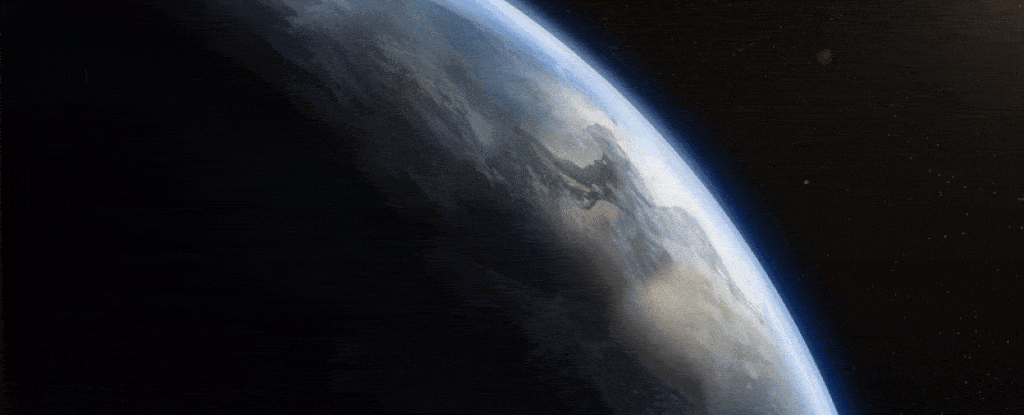Applied Sciences, Vol. 13, Pages 4741: Implant Model Generation Method for Mandibular Defect Based on Improved 3D Unet
Applied Sciences doi: 10.3390/app13084741
Authors: Zitao Fang Dan Liu Yangdong Wu
The accurate reconstruction of a defective part of the mandible is a time-consuming task in maxillofacial surgery. In order to design accurate 3D implants quickly, a method for generating a mandibular defect implant model based on deep learning was proposed. First, an algorithm for generating a defective mandible 3D model randomly from a complete mandible 3D model was proposed due to the insufficiency of 3D models. Then a mandible 3D model dataset that consists of defective mandible 3D models and a complete mandible 3D model was constructed. An improved 3D Unet network that combines residual structure and dilated convolution was designed to generate a repaired mandibular model automatically. Finally, a mandibular defect implant model was generated using the reconstruction–subtraction strategy and was validated on the constructed dataset. Compared with the other three networks (3D Unet, 3D RUnet, and 3D DUnet), the proposed method obtained the best results. The Dice, IoU, PPV, and Recall for mandible repair reached 0.9873, 0.9750, 0.9850, and 0.9897, respectively, while those for implants reached 0.8018, 0.6731, 0.7782, and 0.8330. Statistical analysis was carried out on the experimental results. Compared with other methods, the P value of the method proposed in this paper was less than 0.05 for most indicators, which is a significant improvement.

 1 year ago
32
1 year ago
32

